.jpg)
Each village name is associated with the name of a stream, a ferry, a forest or just an old tree that people use to name their village.
Symbol of prosperity and sharing
From the village names associated with mountains, forests, rivers and streams, it can be seen that the village is not only a residential space but also a place to preserve the memories and cultural roots of the ethnic group.
And in that vein, the rice hut (some places call it the rice warehouse) is the nucleus that nurtures the sustainability of the village. This place is always carefully tended when the harvest has just been completed.
There is a whole ceremony for the Rice God, the Ba Na To Lu people call it the Smath Ko Cham festival, which means the new rice celebration, one of the biggest festivals of the year. The Ko people in the Ngok Linh mountain range call it the Sa Ani festival, which means the ceremony of storing rice and preparing for the new crop.
The granary is a part of the physical and cultural architecture of the village community. It is a symbol of the abundance of each family and a blessing from the God of Rice, giving people enough food all year round.
Many natural disasters, storms, floods, and droughts have struck remote mountainous areas, but the indigenous people of the highlands have still resisted hunger thanks to building rice huts to store rice in this traditional way.
The Ba Na people often say that no one goes hungry when someone else's granary is full.
Water wharf, fire stove and legends of the Central Highlands village
One cannot imagine a traditional village in the Central Highlands without a water wharf, which in some places is called a water drop. People even have to choose a water wharf before establishing a village and some villages are named after a water wharf.
In addition to its function as a living space, this place is also considered a place for daily communication for villagers. They exchange information with each other about the weather, crops and many other things happening around the community.
This is also the birthplace of legends.
The Forest God and the Water Wharf God are a couple in the beliefs of many highland ethnic groups. They have a ceremony to worship the Water Wharf God before the most important ceremony of the year.
The Co people on the eastern slope of Ngok Linh mountain do not have a rain-praying ceremony because they believe that the Water God will bring a devastating flood to their residential area. But during the Sa Ani festival, they hold a ceremony to welcome the Water God from the first drop of water in the village to offer to other gods in the house.
The celebrant leading the water pipe procession must inform the other gods in the family. It is believed that the countless gods residing in their family also enjoy the blessings of the water god like humans.
From the Fire God in the kitchen to the Wine God brewing wine in preparation for the festival and Tet.
Perhaps the most obvious manifestation of intangible culture of a Truong Son - Tay Nguyen ethnic minority village is during festivals. Community awareness is fully promoted in all behaviors of village members.
Someone once said that when sitting around a fire and telling stories, people grow up much more than how they find their daily bread.
Indeed, the fire in the kitchen never goes out in every traditional house of the Central Highlands village. The kitchen is where the mysterious legends about the children of heaven that the Central Highlands people often dream of are spontaneously created.
A house in the middle of the forest
The ethnic minorities of Truong Son - Tay Nguyen attach great importance to the communal house in their village. That is the long house of the Ede village head, the guol house of the Co Tu, and especially the communal house of the Gie Chieng, Xe Dang, and Ba Na ethnic groups.
The communal house is the most prominent architectural symbol in the institution of a traditional village in the Central Highlands. The Ba Na people also distinguish between male and female communal houses depending on the layout of the village.
It is considered both a symbol of tangible culture and a place for activities and ceremonies expressing the intangible cultural nuances of the village community.
The villagers' important ceremonies all take place at the communal house because they believe that the communal house is where the gods, namely Giàng, reside to protect the village community.
The inauguration ceremony of the communal house can be considered a memorable event in the history of the village's formation.
The direct impacts of forest nature in daily life have led to concepts of the universe and human life. All are connected into a long chain of animistic beliefs and those concepts are transformed into spiritualized images on paintings and sculptures decorated both inside and outside the communal house.
It can be said that in one way or another, the Central Highlands culture originates from the village culture of the village community before it forms the ethnic culture and, more broadly, the culture of the entire highland region.
The village is ingrained in the indigenous people's consciousness.
For them, the village is not only a place to live, but also a final place to return to - an inherent need that has permeated deeply into the indigenous cultural space.
Source: https://baodanang.vn/van-hoa-lang-o-truong-son-tay-nguyen-3299048.html






![[Photo] Prime Minister Pham Minh Chinh chairs the conference to review the 2024-2025 school year and deploy tasks for the 2025-2026 school year.](https://vstatic.vietnam.vn/vietnam/resource/IMAGE/2025/8/22/2ca5ed79ce6a46a1ac7706a42cefafae)
![[Photo] President Luong Cuong receives delegation of the Youth Committee of the Liberal Democratic Party of Japan](https://vstatic.vietnam.vn/vietnam/resource/IMAGE/2025/8/22/2632d7f5cf4f4a8e90ce5f5e1989194a)
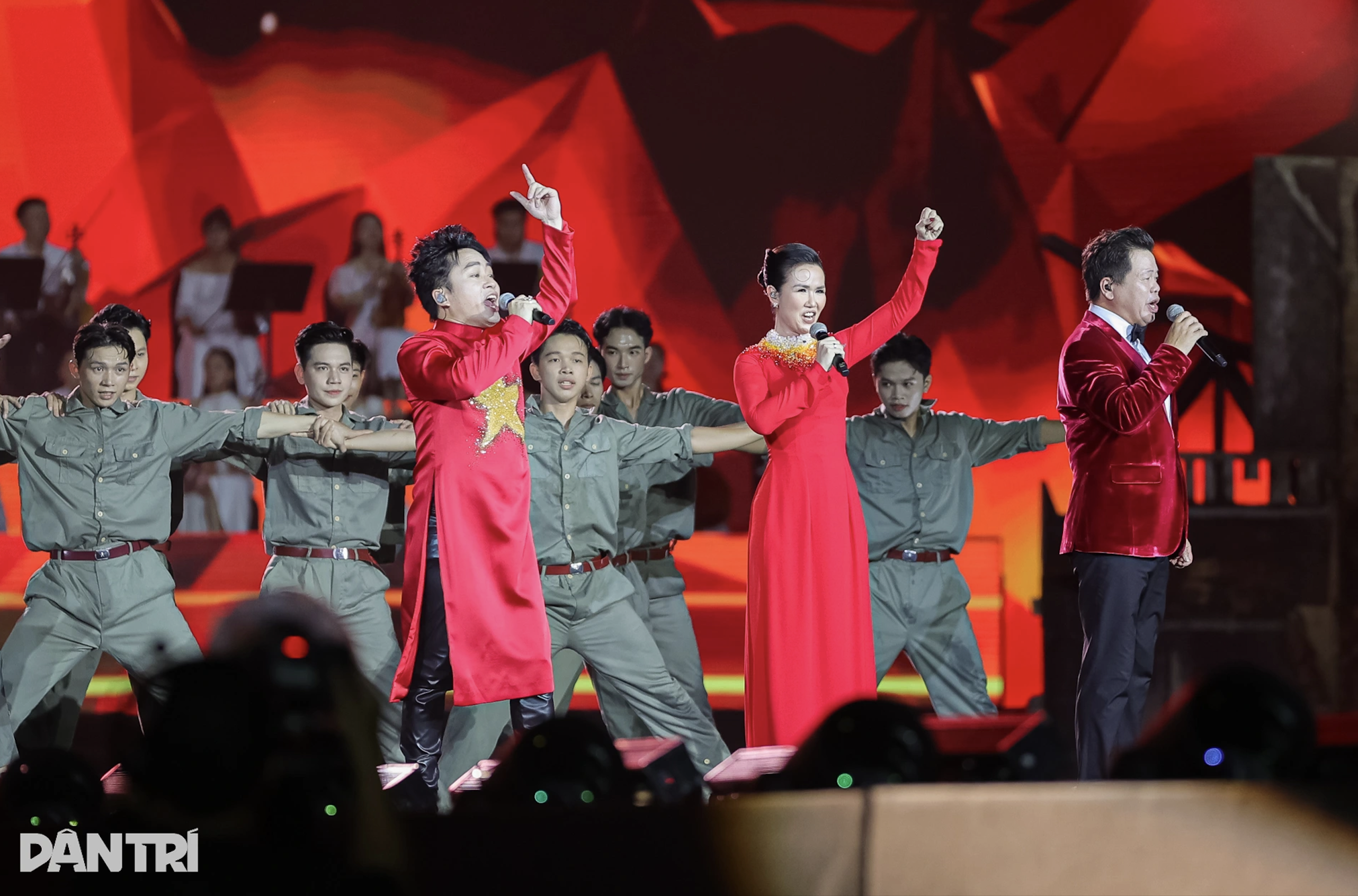


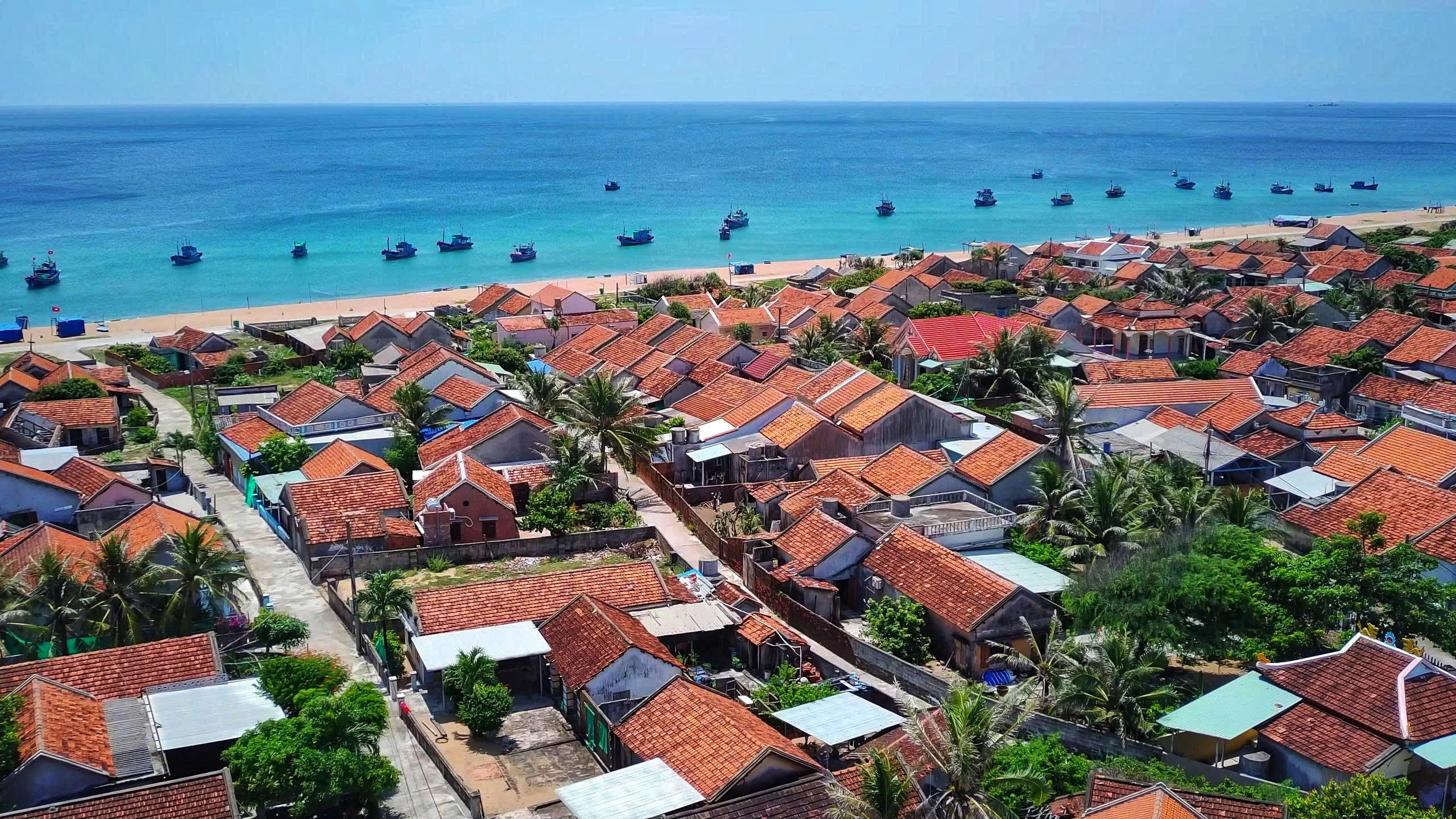



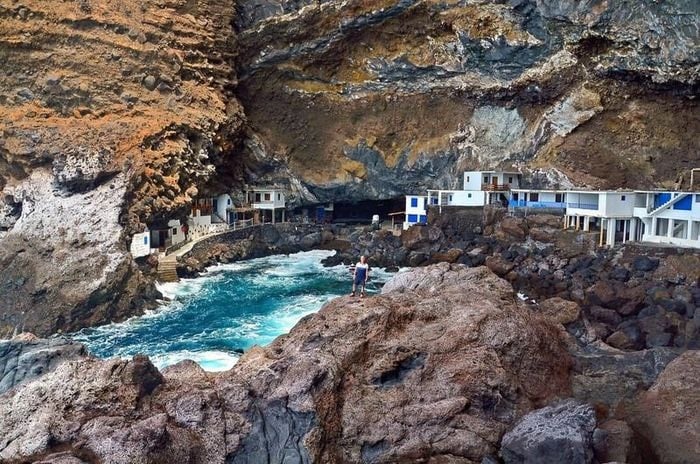



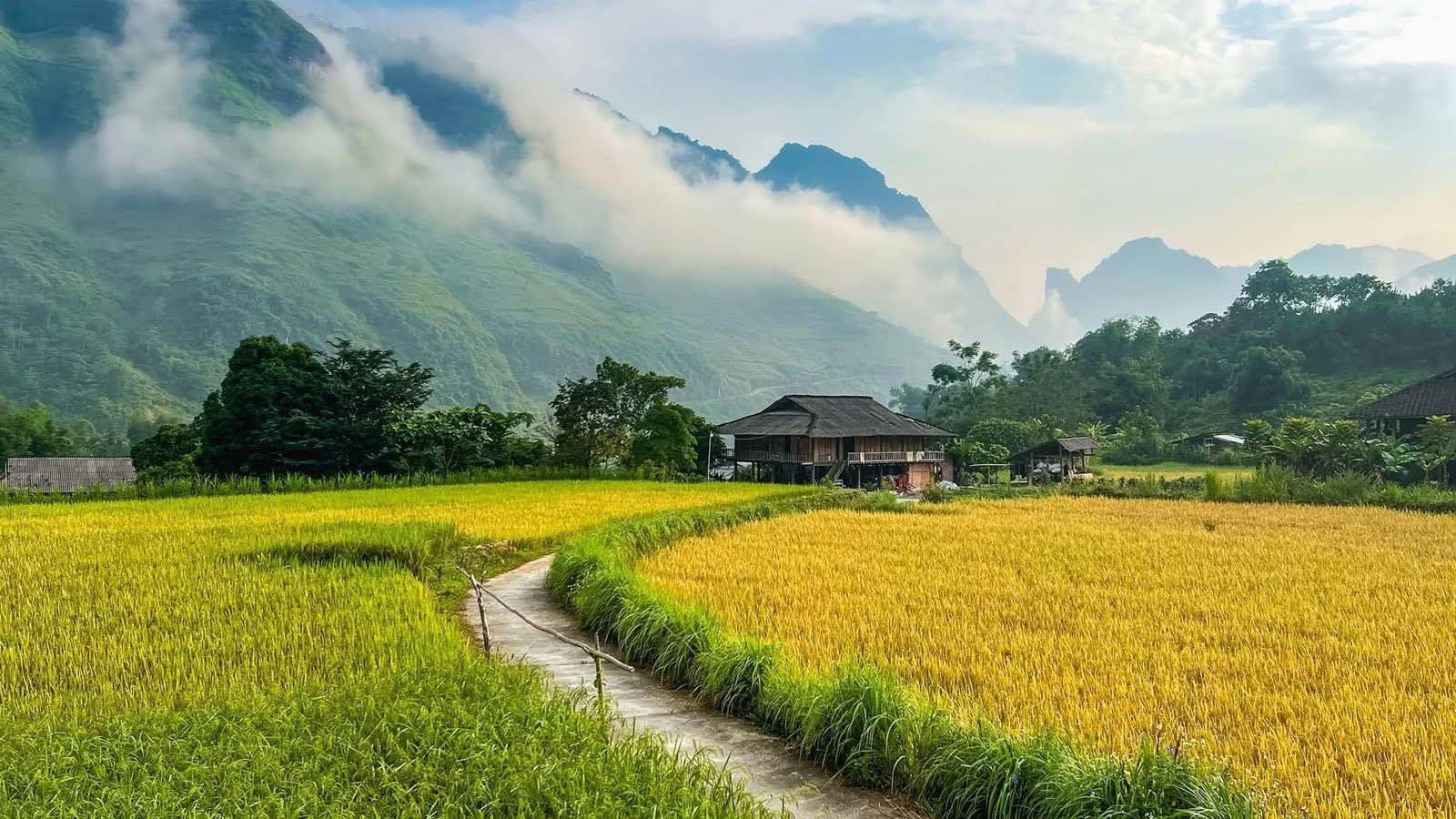

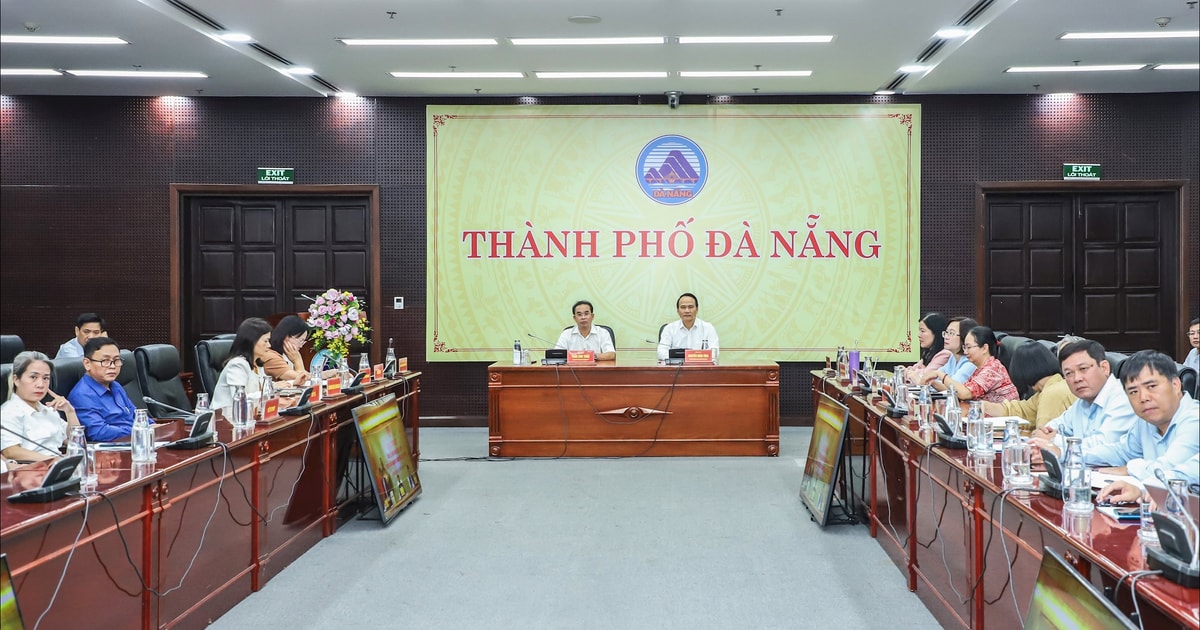


![[E-Magazine]: That place is so passionate that it makes your heart flutter](https://vstatic.vietnam.vn/vietnam/resource/IMAGE/2025/8/22/ac7c83ddf6dc43a49a177f8f8bc2262d)
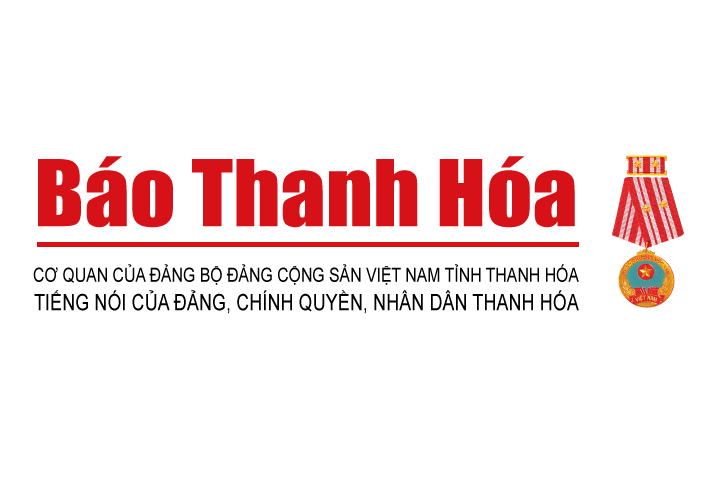

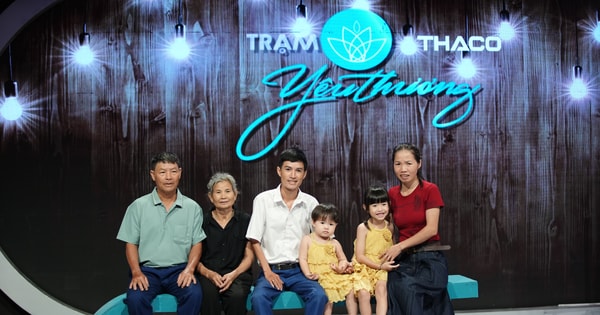
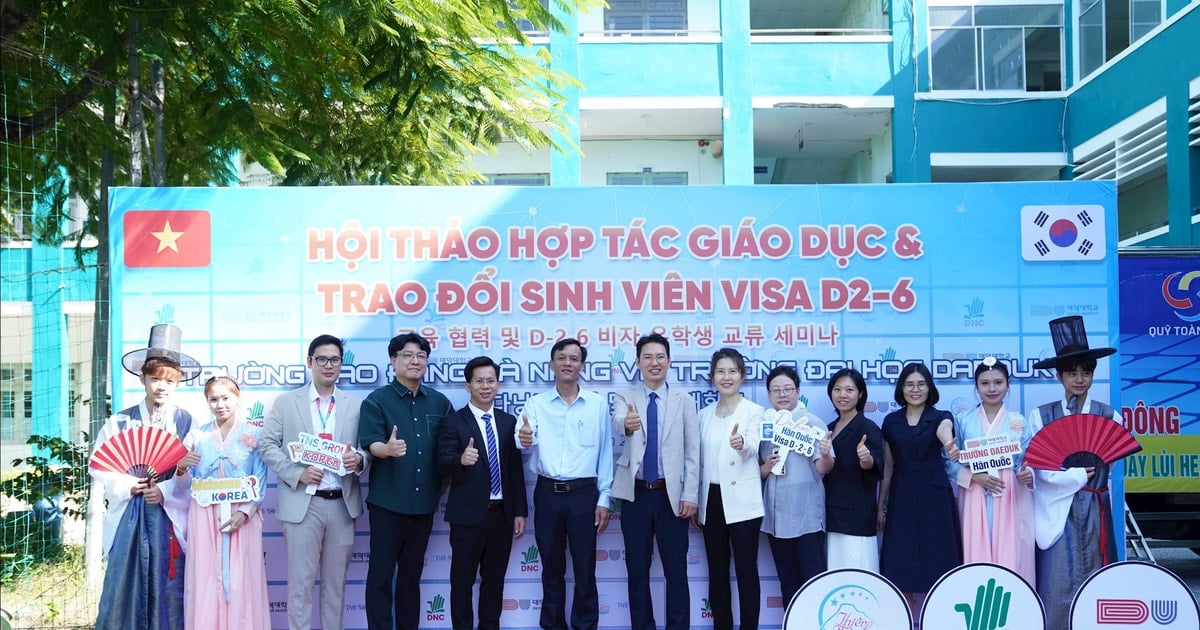



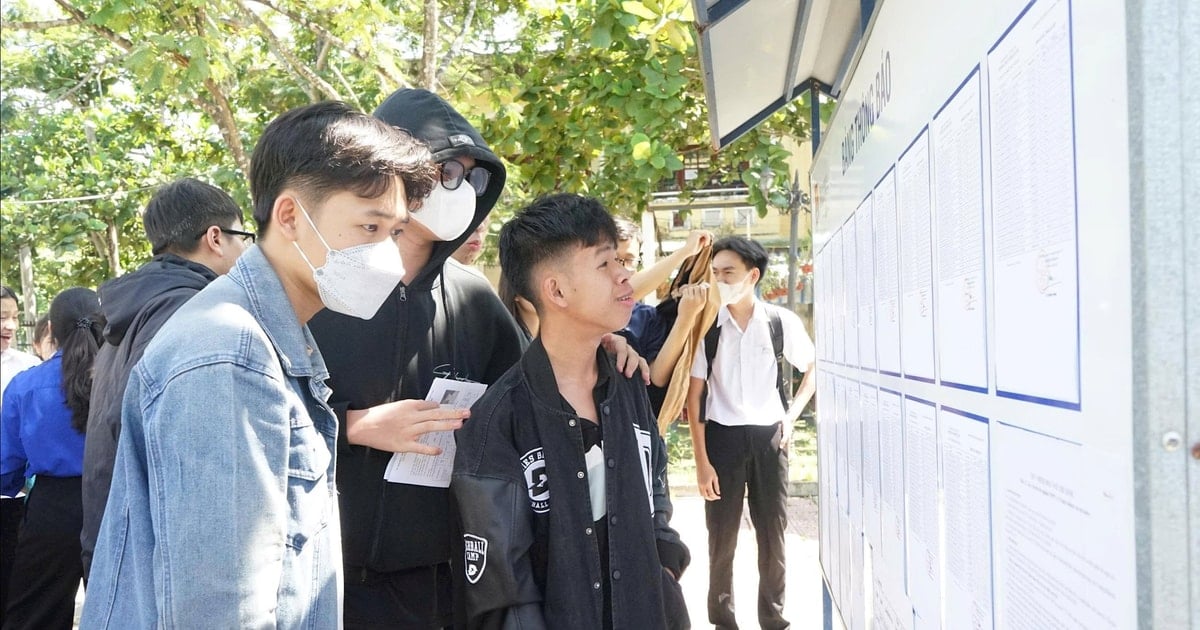
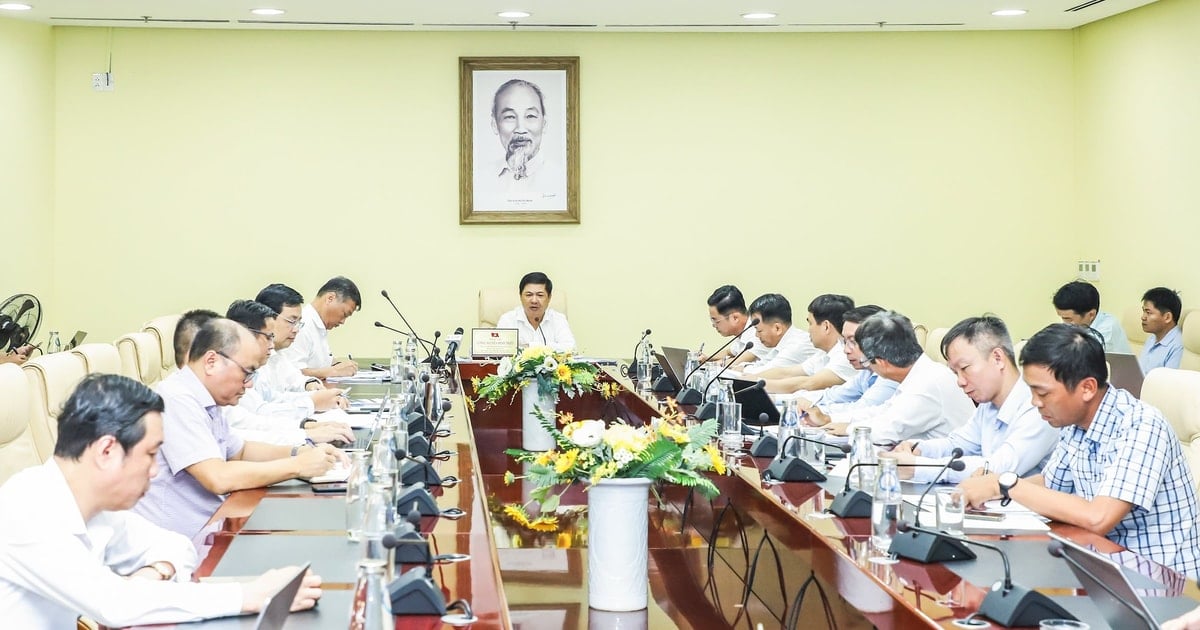
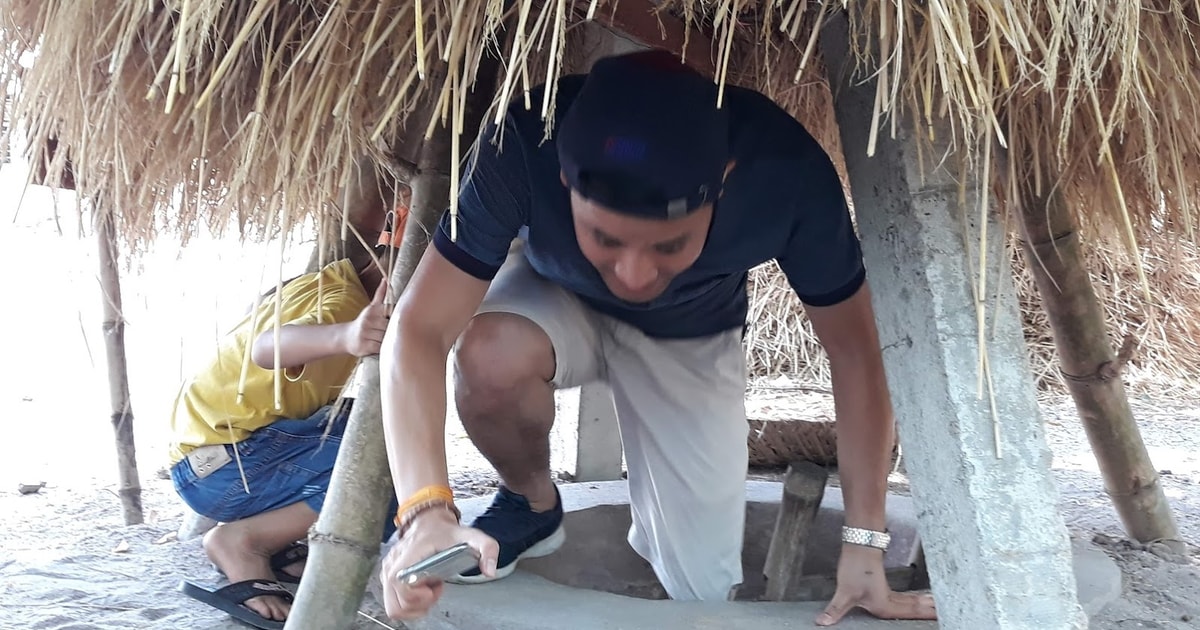
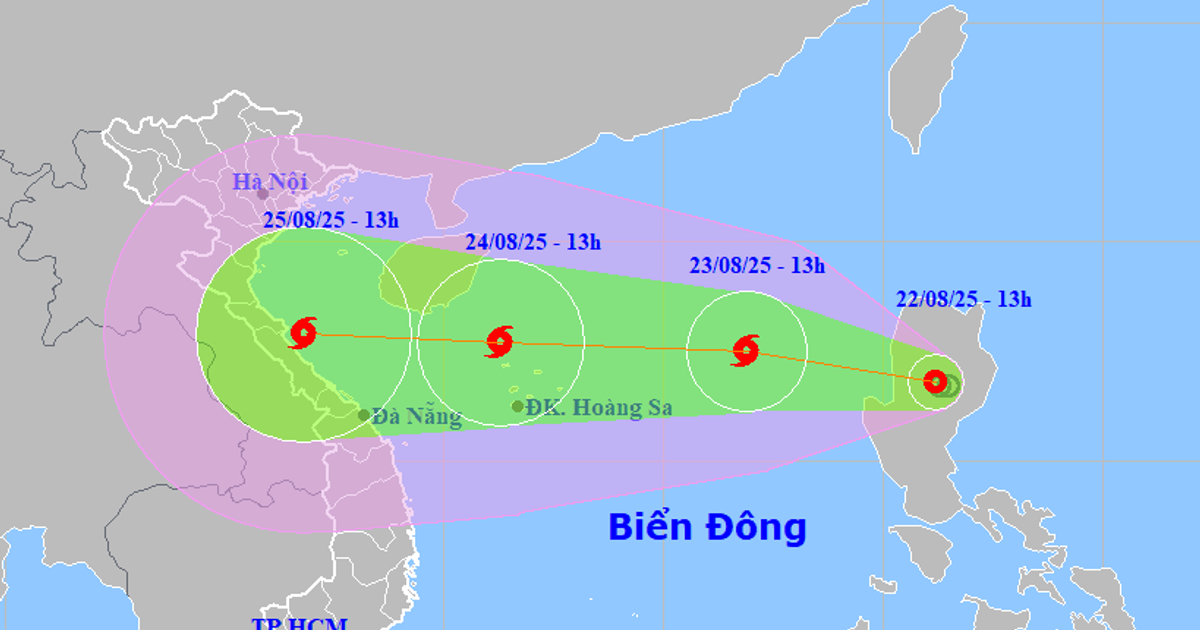
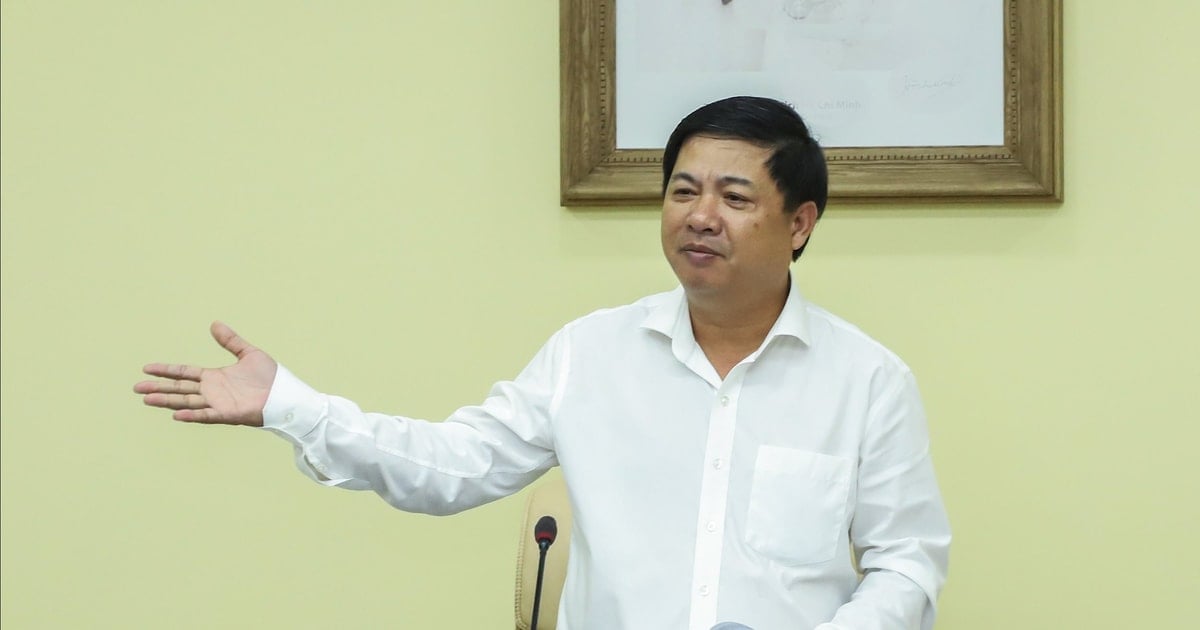
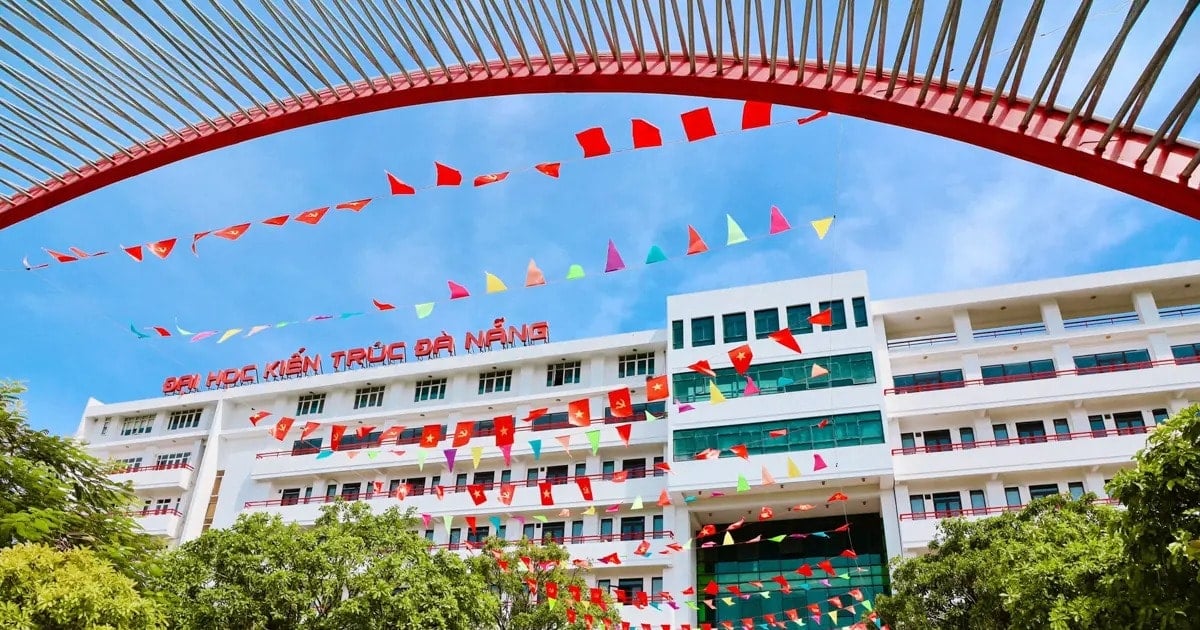
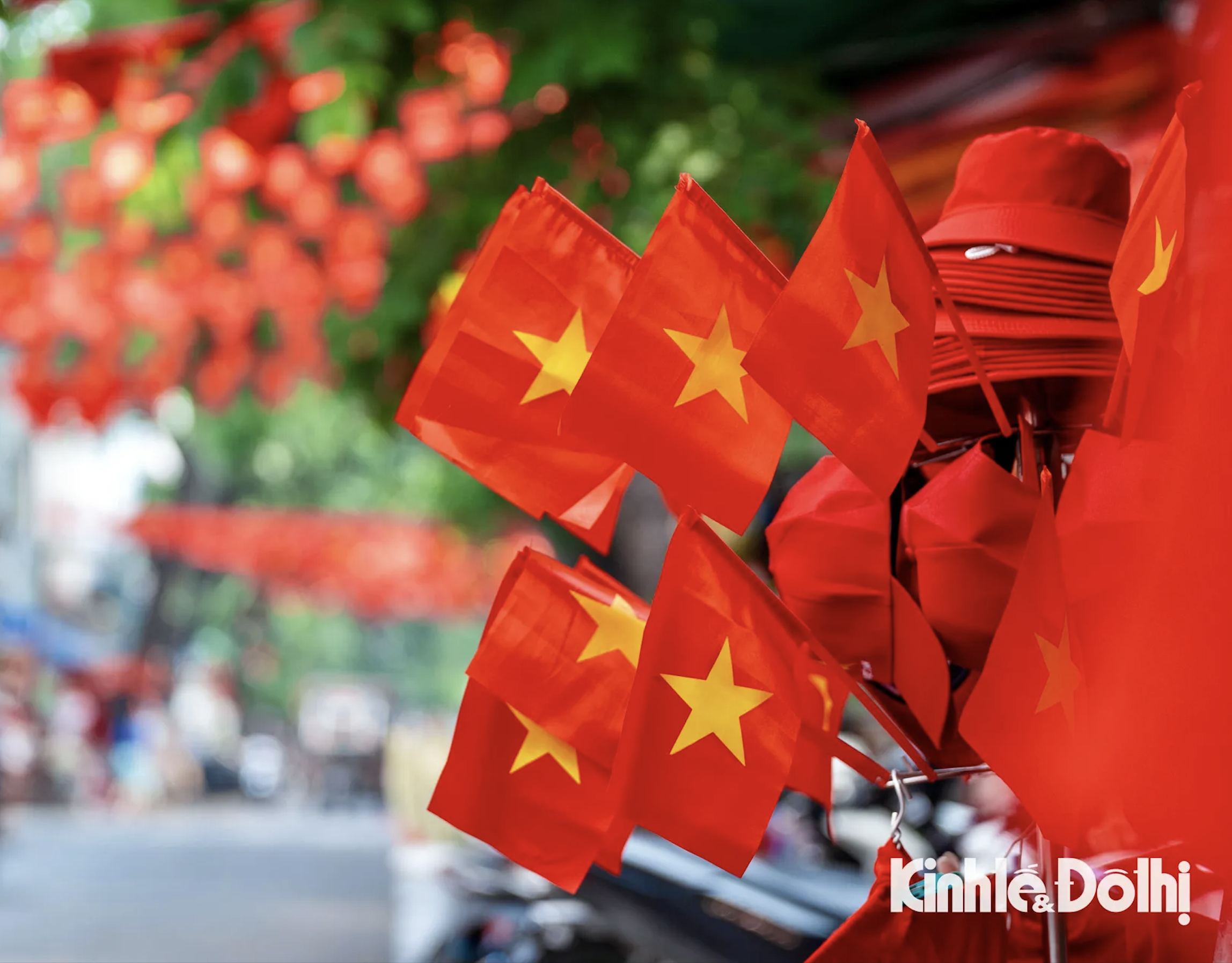















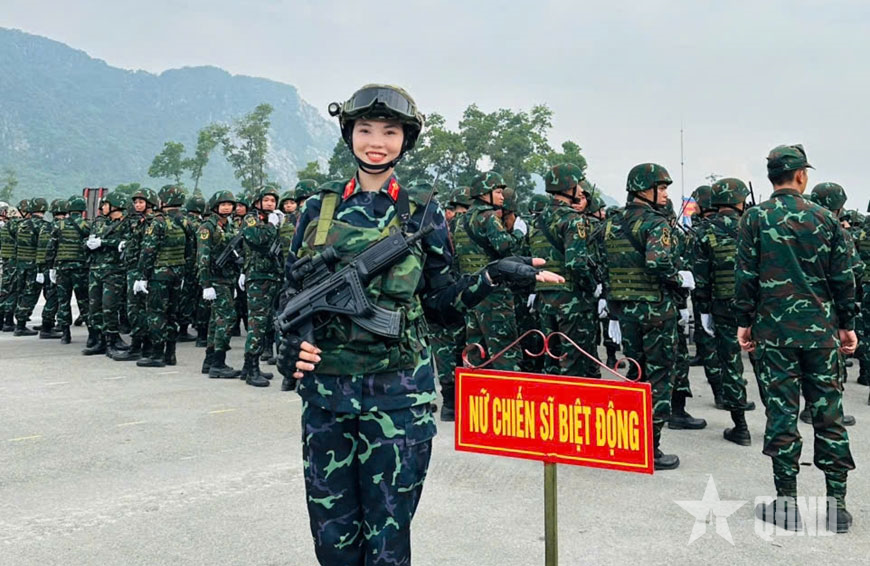

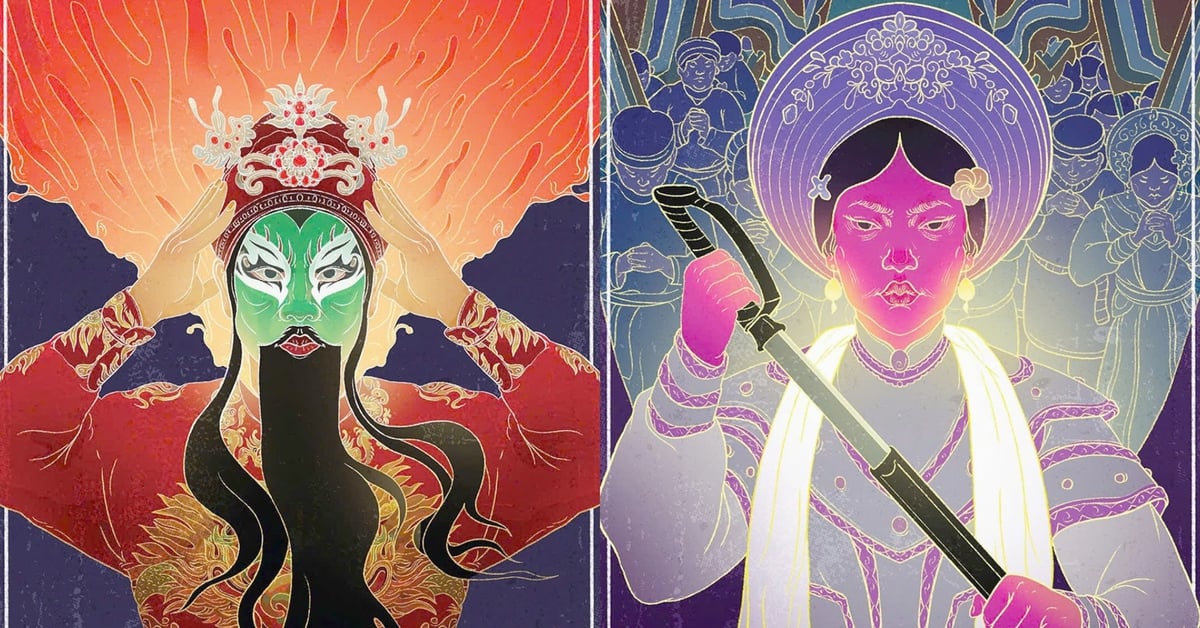








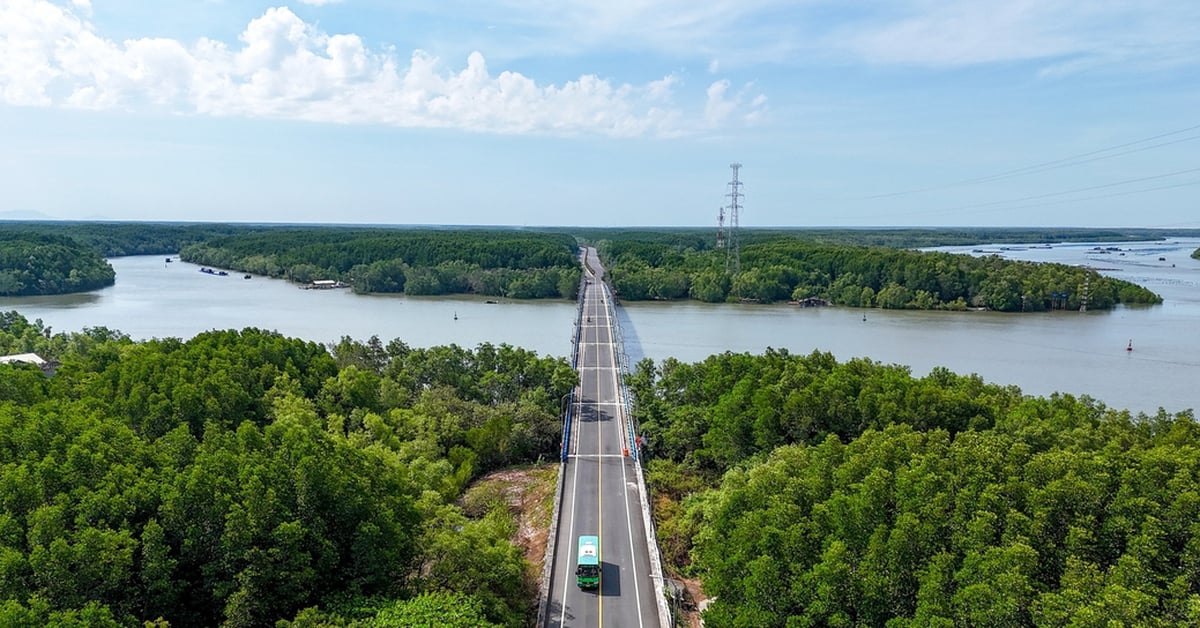


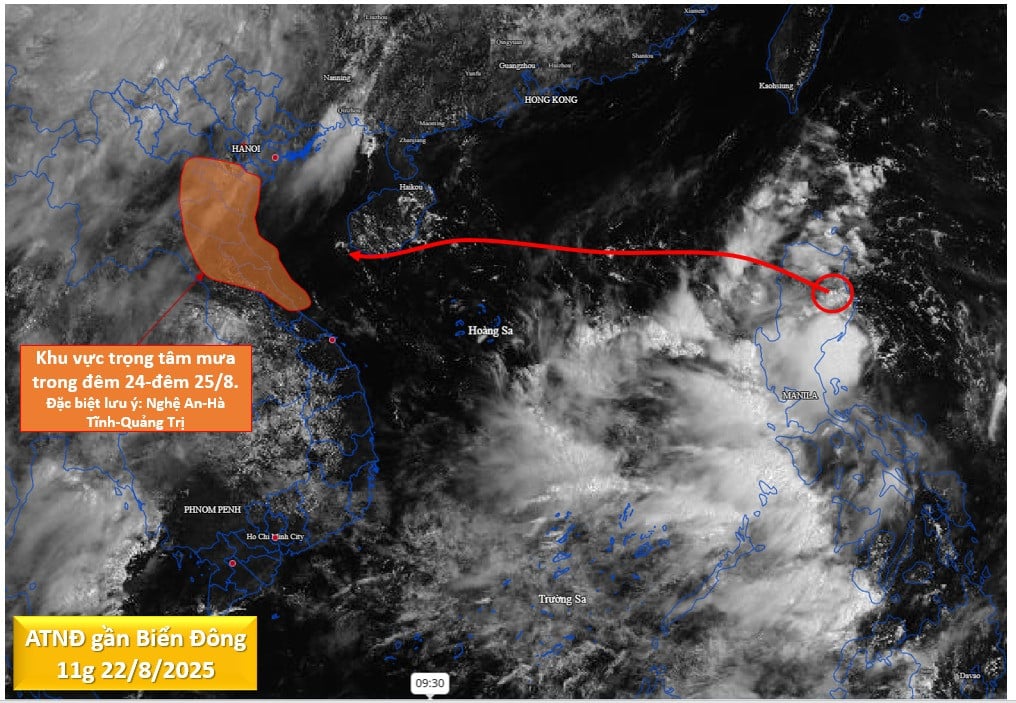
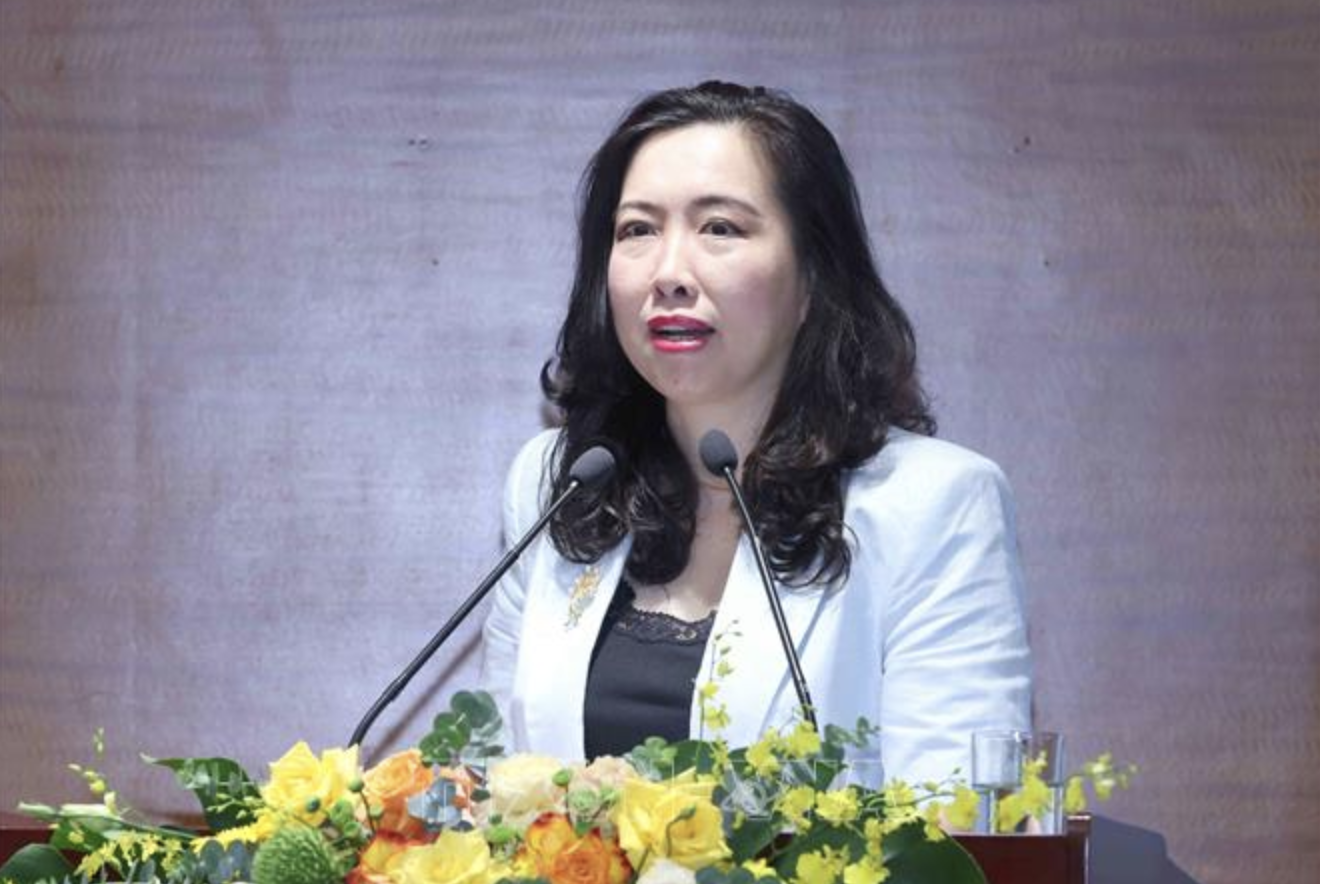



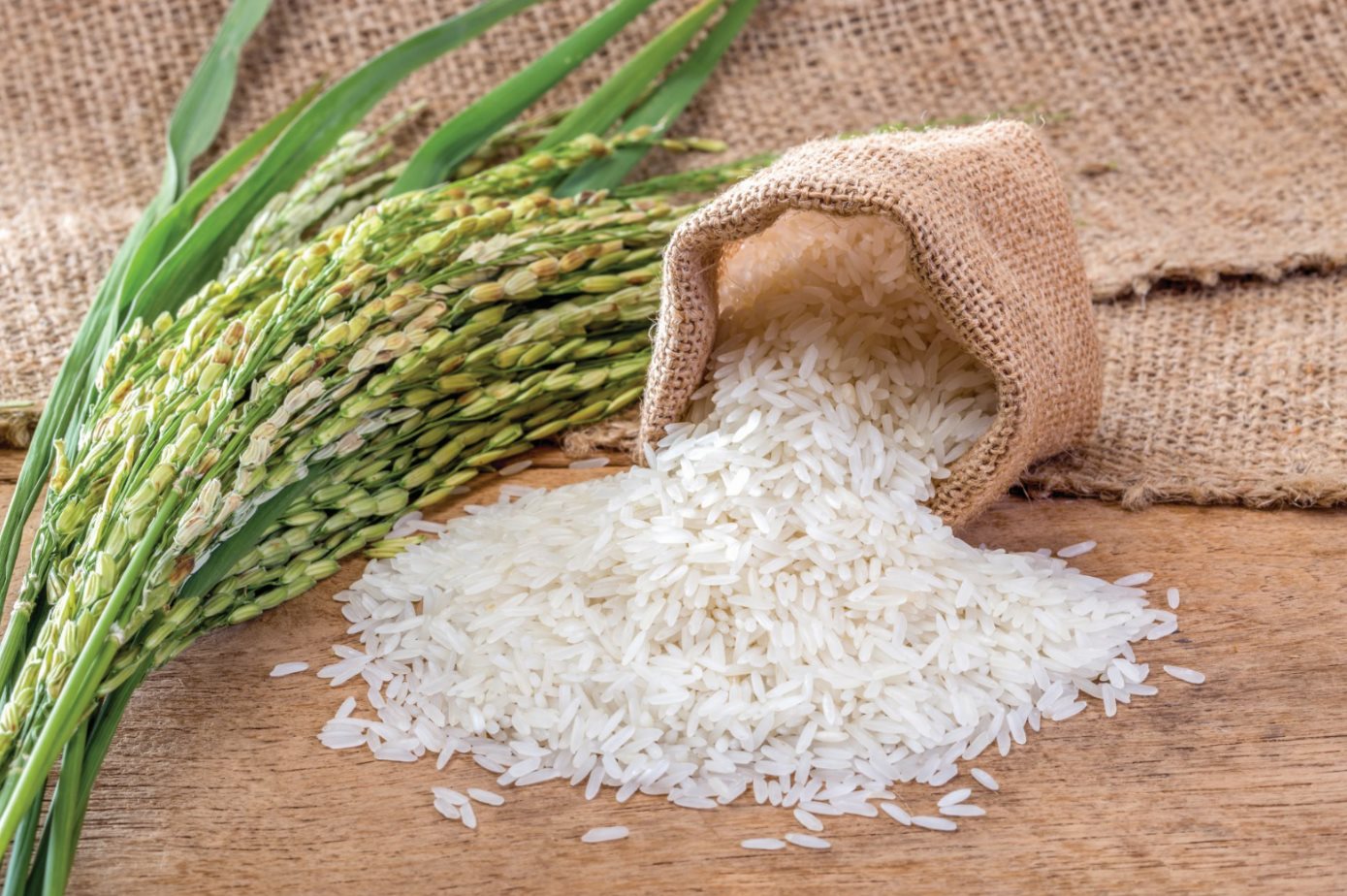
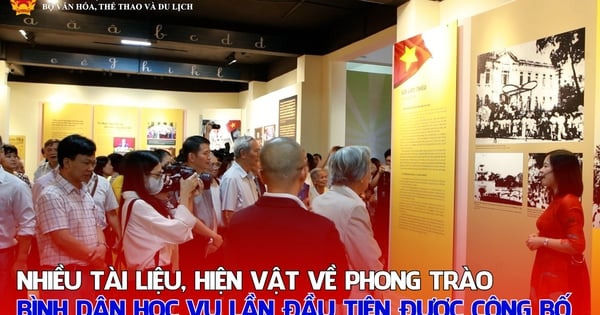

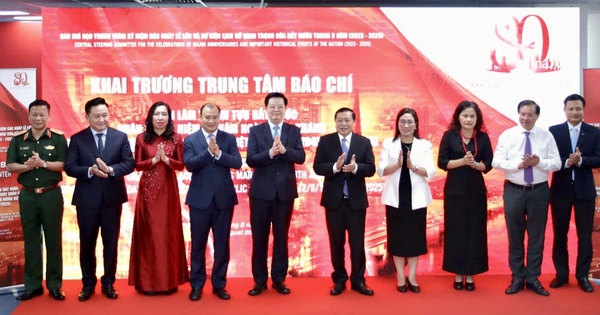
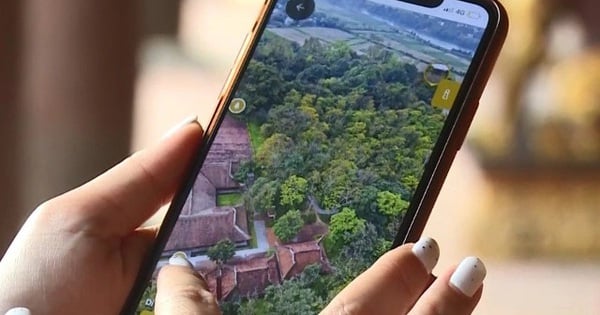
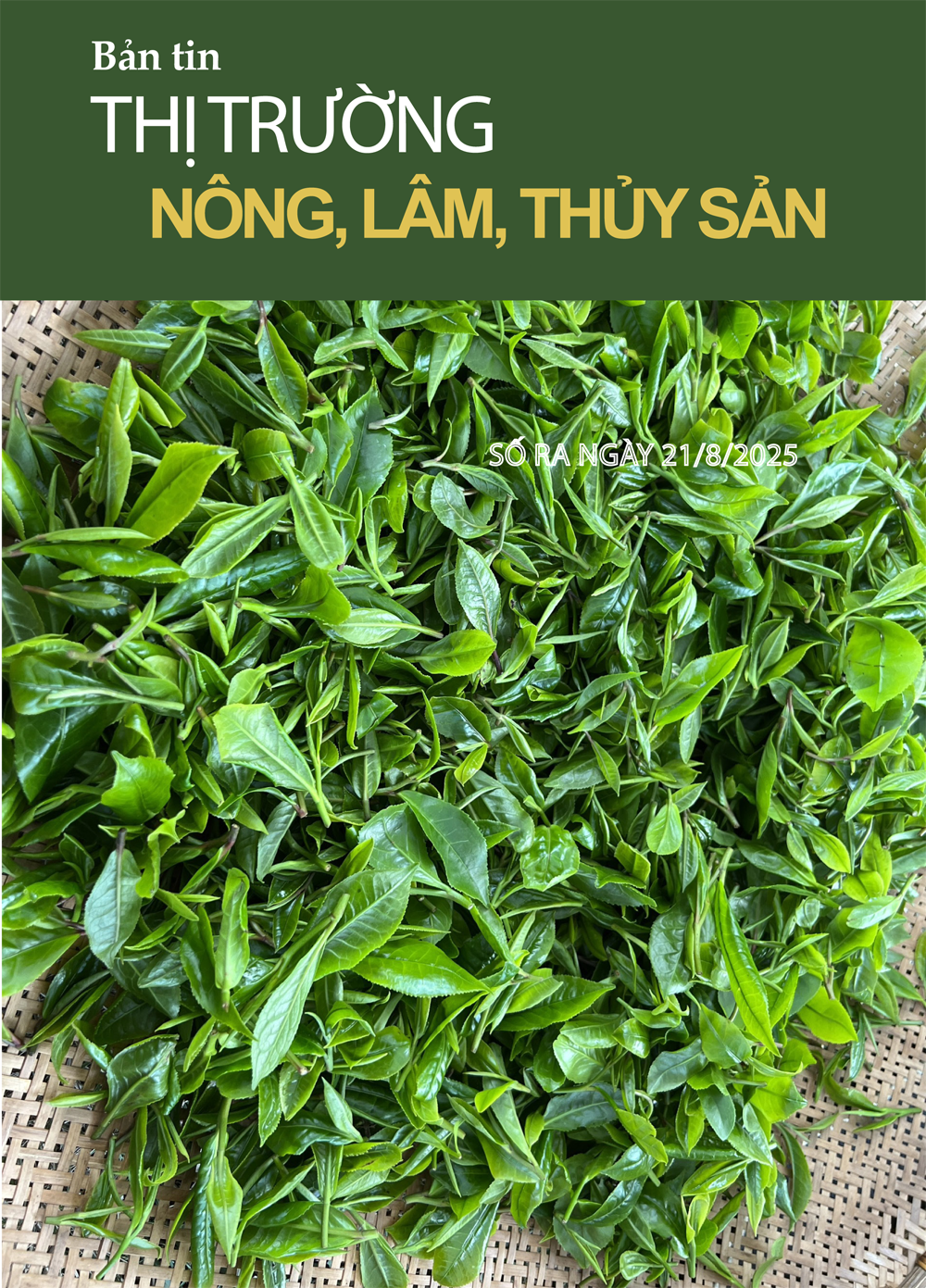

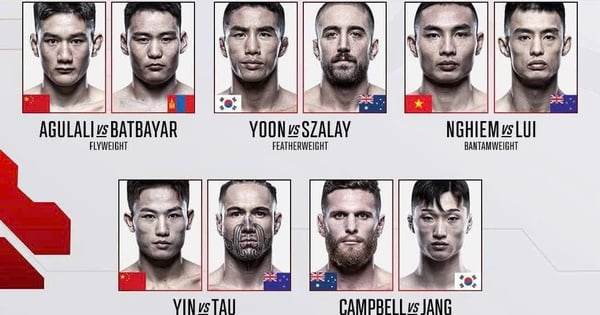


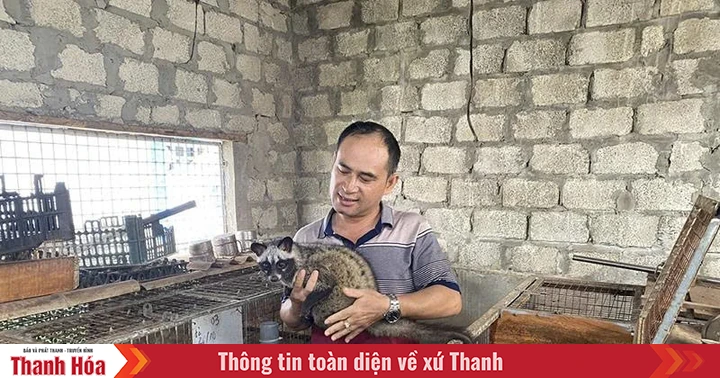

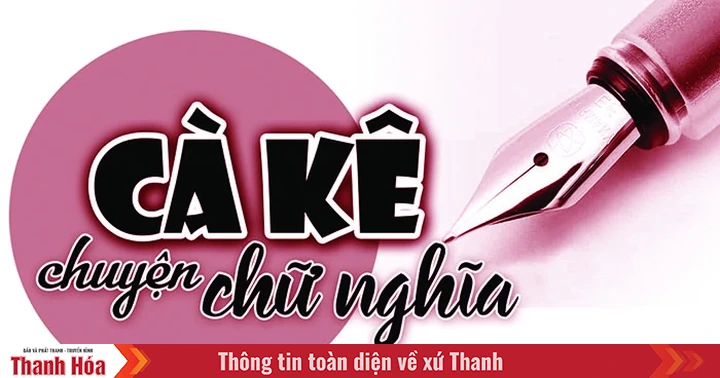
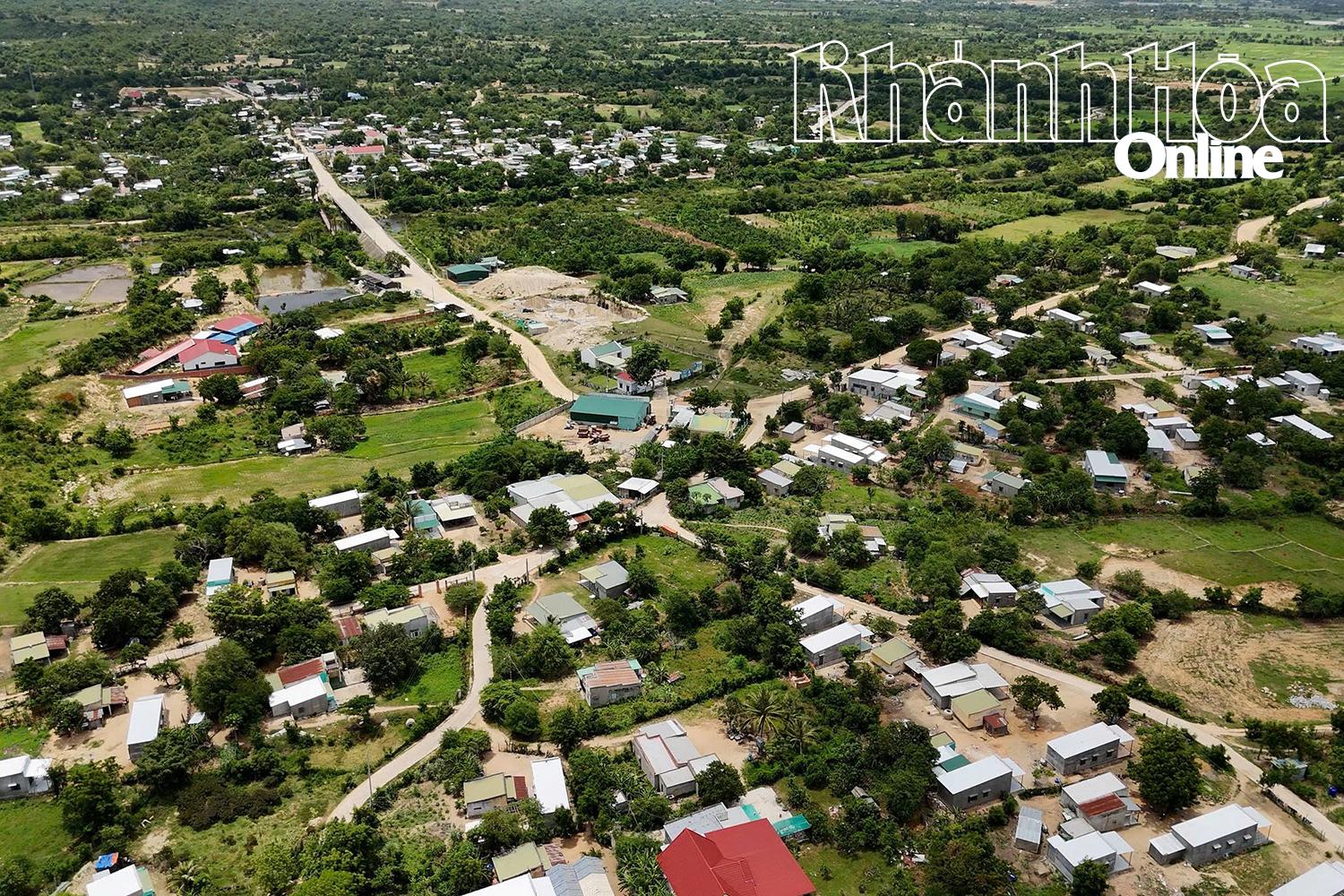

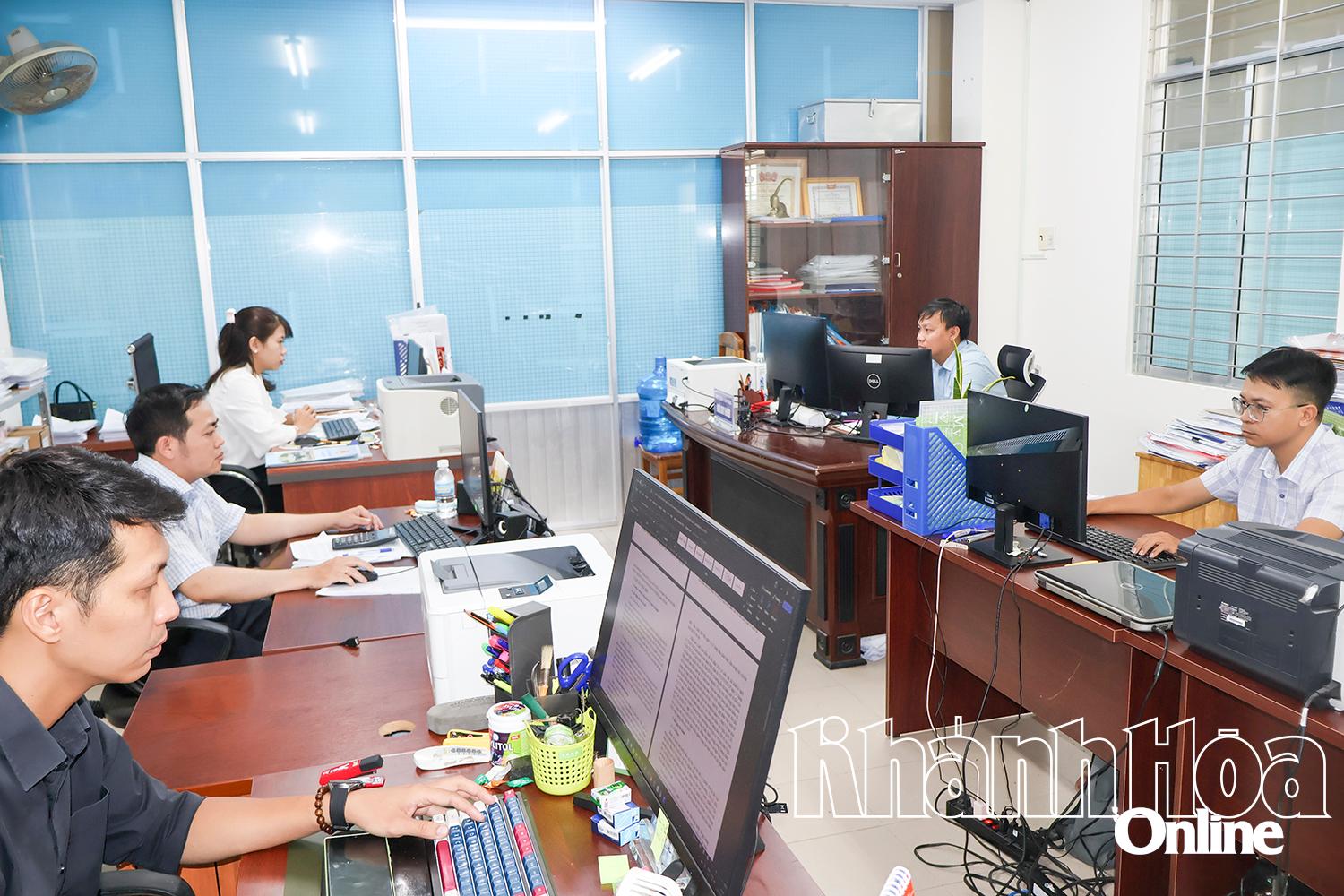
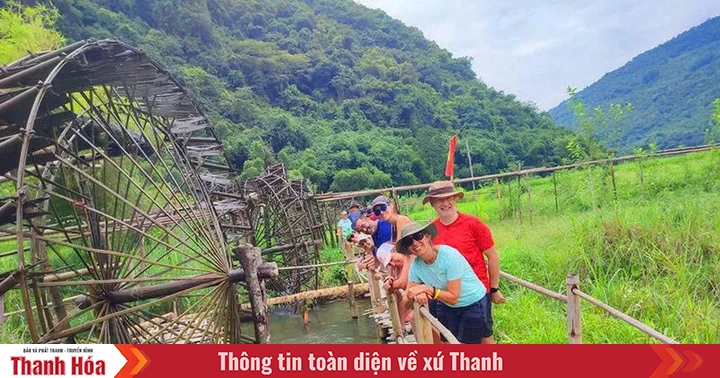














Comment (0)